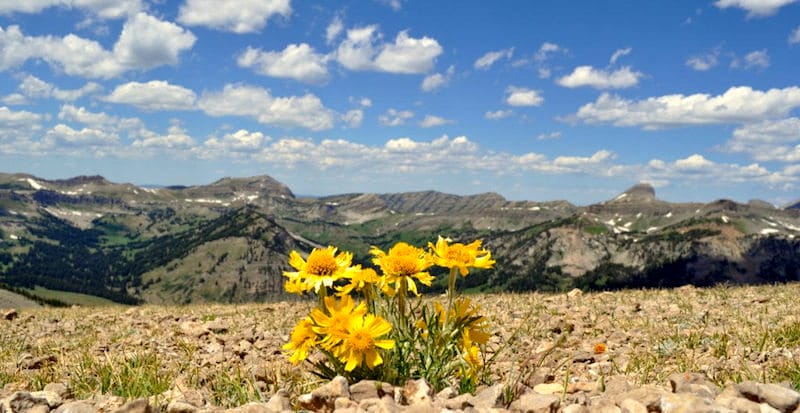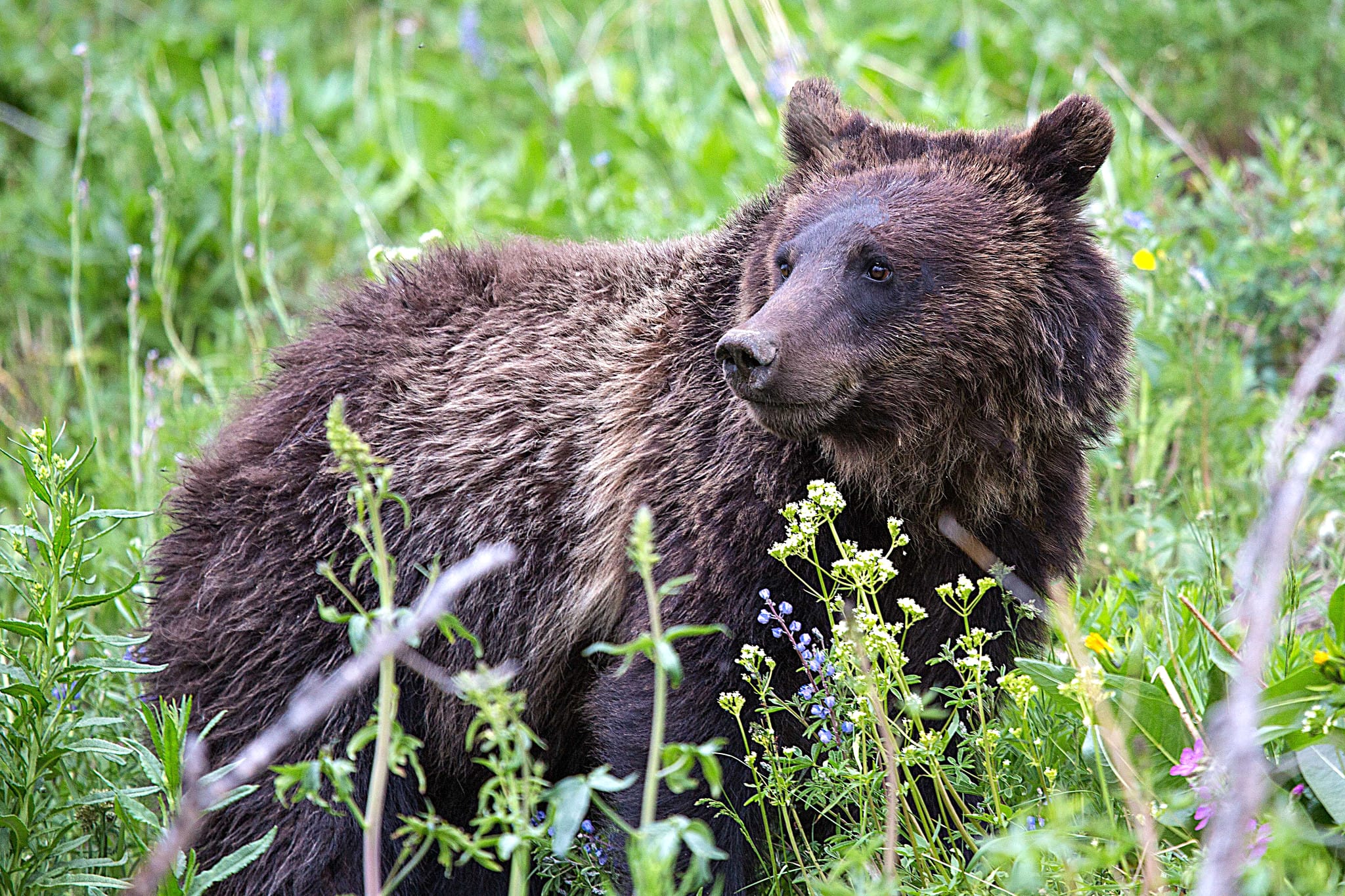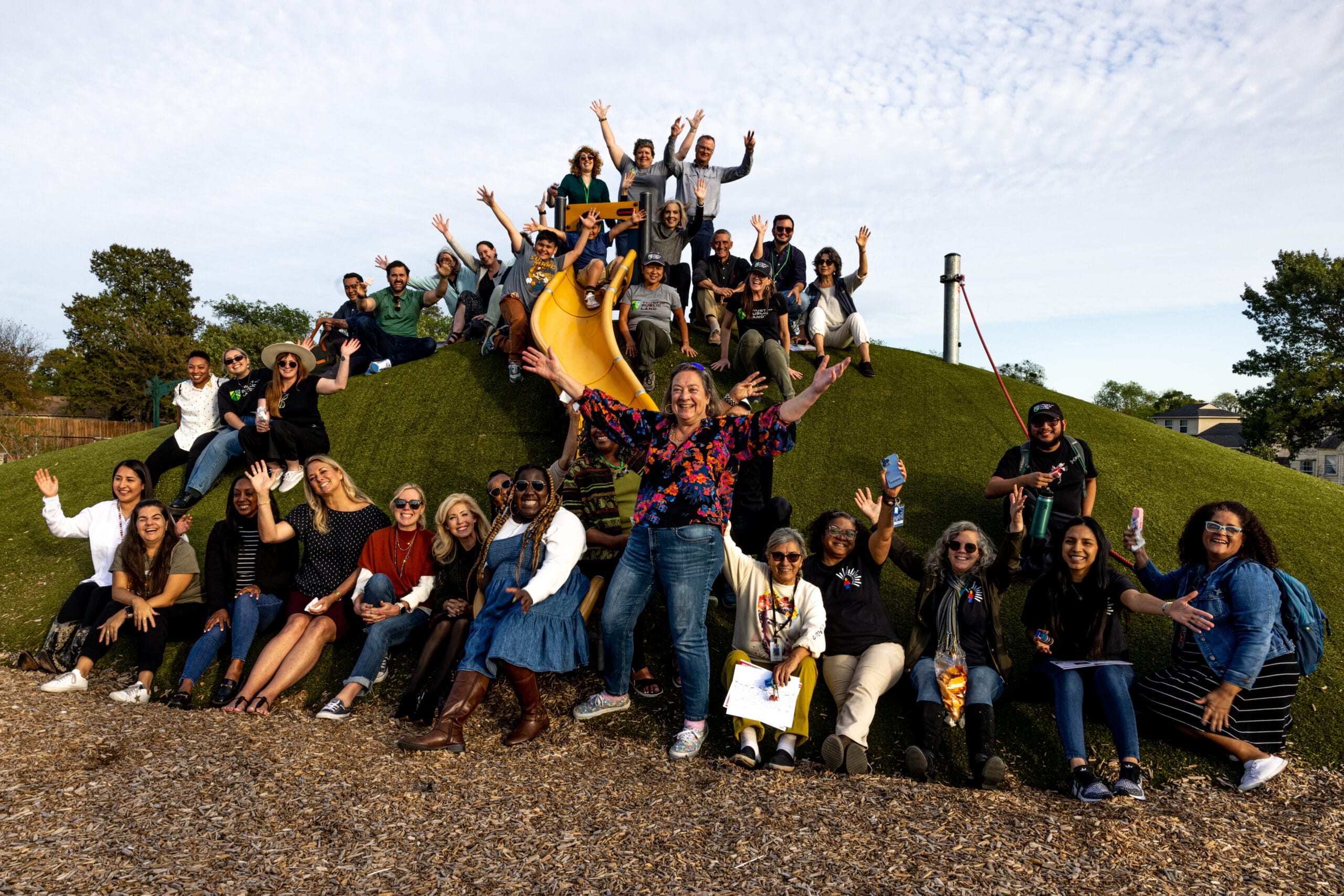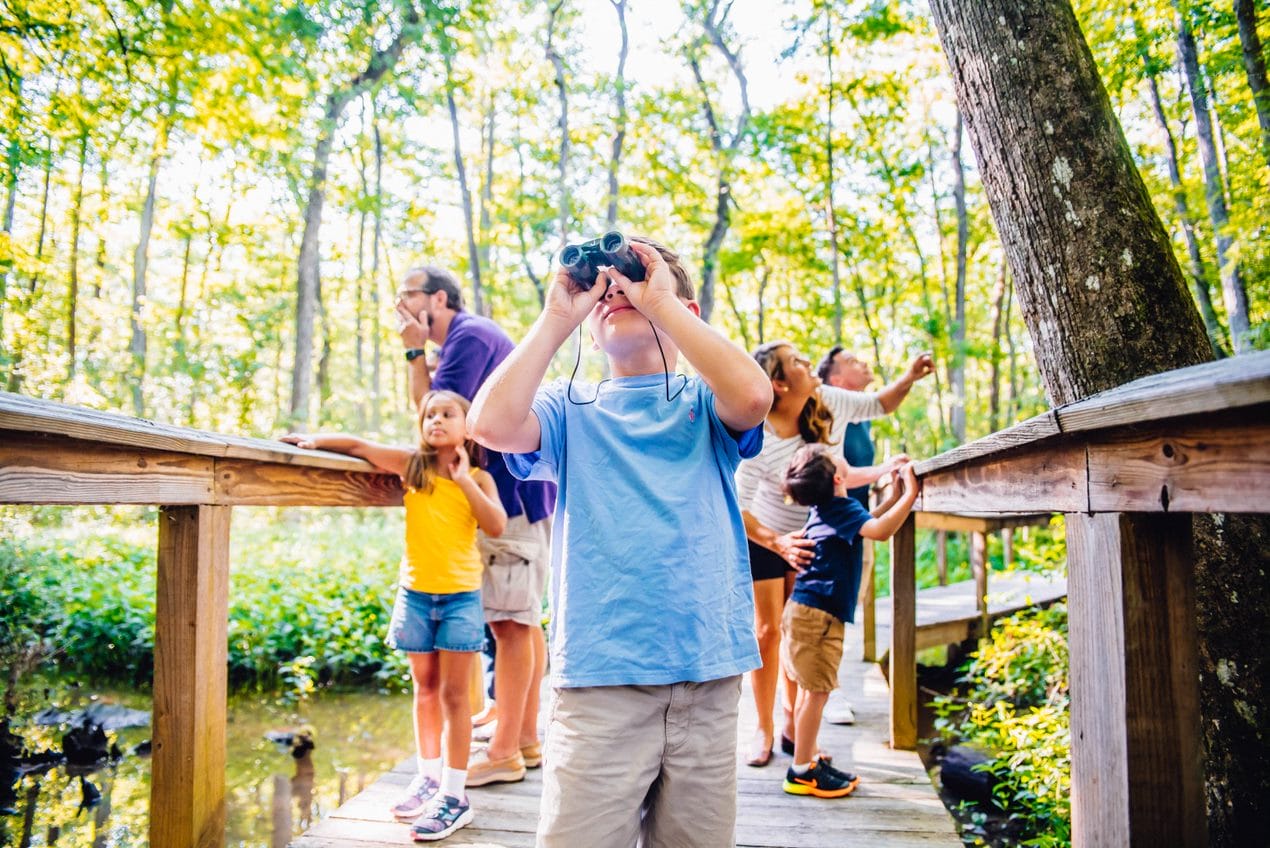
‘Firewatch’ gets gamers in the wild
‘Firewatch’ gets gamers in the wild
No surprise for a bunch of park people, we’re usually the last to know about a new video game. We level up with a steep hike, and our idea of multiplayer is Frisbee on the grass. So when does the virtual world catch our eye? Well, when it looks like this:

When we saw the artwork from Firewatch, we immediately recognized the backdrop from our work protecting land in Wyoming. Craggy peaks, towering pines, and delicate wildflowers are all reproduced in captivating detail—clearly the work of game designers who’ve mixed screen time with green time.
Those designers are Campo Santo, “a small but scrappy” studio cofounded by friends Jake Rodkin and Sean Vanaman. Vanaman’s knowledge of the Wyoming backcountry is personal: he grew up near Cody, hunting elk with his dad, fishing after school, and dodging thunderstorms and grizzly bears on solo backpacking expeditions.
For Rodkin—product of an admittedly less rugged childhood in Petaluma, California—long hours on the making of Firewatch have changed the way he looks at a landscape.
“Now when I’m out hiking, I think about how natural spaces are the wearing of time,” he says. “Water creating valleys, people creating trails, the way the light looks at different times of day. I pay attention to that much more now than when I was working on games about zombies.”

To help their game developers get a similar feel for the details, Vanaman and Rodkin took the team to Yosemite—the perfect place for staff to experience a dramatic Western landscape without straying far from Campo Santo’s offices in San Francisco.
That early field trip helped shape a game in which the outdoors is much a character as scenery. Intended for adults, not kids—it’s rated “M” for strong language—Firewatch doesn’t rely on violence or dramatic explosions to captivate its players. Instead, it offers a suspenseful storyline whose sometimes eerie feel is enhanced by its remote setting.
“It was fun to use the scale of the wilderness as we were making the game,” says Vanaman. “If the story was set in a spooky house—there’s only so much stuff that can reasonably fit inside a spooky house. Whereas in a wilderness setting, you could hide a hundred people.”
“Right,” agrees Rodkin. “The player feels alone whether there’s no people or a hundred people. Or a space alien, or a bear.”
“Or a space bear.”
“Or a hundred space bears.”

Of course, in the virtual world even a boundless wilderness has its limitations.
“The experience of getting totally lost in the wilderness was something I wanted to include in Firewatch,” says Rodkin. “But you can’t really let a player of a video game get that lost for long—because they’ll just stop playing.”
“It’s a tricky thing to reproduce in a game," Vanaman agrees.“Being truly lost is intense. You’re a living creature: very quickly you’re thinking in terms of shelter, water, food. There’s nothing we can manufacture in a game to really stimulate that feeling in the pit of your stomach.”
Another challenge for the designers was more concrete—or rather, not concrete all.
“Computers really don’t like to make trees,” Vanaman explains. “Trees are very complicated and have lots and lots of edges—imagine trying to draw a line around every single edge of a tree, including all of its leaves. That’s what we’re telling a computer to do. And then we’re saying, oh, by the way, there’s 15,000 of them.”

Since its debut earlier this year, Firewatch has garnered rave reviews and a loyal fandom. Some are even inspired to take it outside: on online forums, Vanaman and Rodkin have noticed players asking about real-life places that look like Firewatch—and Google searches for “fire lookout jobs” spiked in the week following the game’s release.
There’s good news for players looking to step away from the screen: unlike most video games, the world of Firewatch is really out there—and open to the public. From Yellowstone to Grand Teton, Wyoming’s full of unpixelated places to explore in person. You can even rent a fire lookout from the Forest Service.
The catch? In a real-world adventure, you only get one life.
One-third of Americans, including 28 million children, lack safe, easy access to a park within a 10-minute walk of home. Urge your senators to allocate funding to create parks and enhance outdoor recreational opportunities by championing the Outdoors for All Act today!


Donate to become a member, and you’ll receive a subscription to Land&People magazine, our biannual publication featuring exclusive, inspiring stories about our work connecting everyone to the outdoors.
See how our supporters are helping us connect people to the outdoors across the country.











